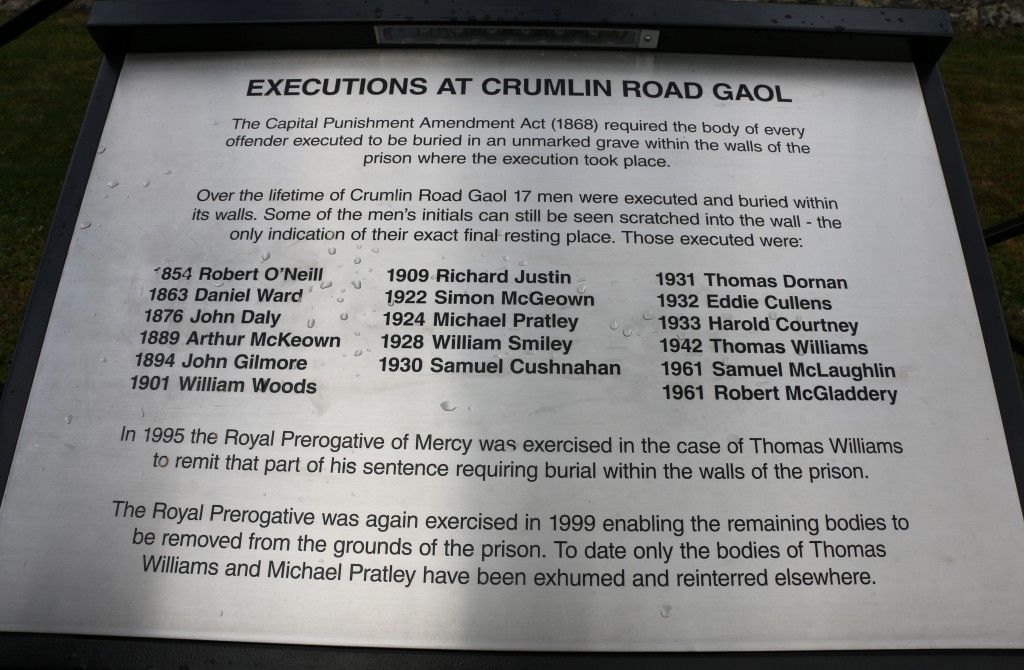
On a cold January night in 1961, the small town of Newry, Northern Ireland, was alive with music and laughter. Inside the Henry Thompson Memorial Orange Hall, young men and women gathered for a dance—a cherished social event in an era before television and rock and roll dominated youth culture. Among them was 19-year-old Pearl Gamble, a local shop assistant known for her friendly nature and bright spirit. But by dawn, the joyous rhythms of the dance would give way to horror, as Newry awoke to the news of a brutal murder that would shock the nation.

Pearl Gamble was last seen alive shortly after the dance ended on January 28. Friends had dropped her off near her home in Upper Damolly, believing she was safely on her way to bed. Instead, the next morning, her body was discovered at Weir’s Rocks, a remote field not far from where she was last seen. Pearl had been violently attacked—strangled and stabbed. Her partially clothed body bore the marks of a struggle, and the violent nature of the crime sent immediate waves of fear and anger through the tight-knit community.
Suspicion quickly turned to Robert Andrew McGladdery, a 25-year-old local man who had danced with Pearl on the fatal night. At first, McGladdery denied any involvement. But discrepancies in his story, particularly about the clothes he claimed to have worn, drew the attention of investigators. In a community where everyone knew each other’s business, whispers began to circulate. Under careful police surveillance, McGladdery was seen returning to an isolated spot in the countryside. There, detectives later found damning evidence—bloodstained clothing hidden in a septic tank, discarded in a desperate attempt to cover up the crime.

Robert McGladdery
The trial of Robert McGladdery unfolded at the Downpatrick Assizes and gripped the public imagination. Despite his repeated claims of innocence, the weight of the circumstantial evidence proved overwhelming. For seven days, the courtroom became the stage for a drama that reflected not only the brutal murder of a young woman but also a society wrestling with its own future. On October 16, 1961, McGladdery was found guilty and sentenced to death.

His execution was set for December 20, 1961, at Belfast’s Crumlin Road Gaol. When the sentence was carried out, McGladdery became the last person ever to be executed in Northern Ireland and the entire island of Ireland—a grim milestone that marked the end of capital punishment in the region.

His burial in an unmarked grave near the prison’s perimeter wall was a quiet, ignominious conclusion to a case that had captivated and horrified the public.
The murder of Pearl Gamble and the fate of Robert McGladdery left deep scars on the people of Newry and beyond. It has continued to resonate through the decades, inspiring books, documentaries, and dramatizations. The BBC’s Last Man Hanging and Eoin McNamee’s haunting novel Orchid Blue have revisited the case, exploring its place in the darker chapters of Northern Irish history.
Today, Pearl Gamble lies at rest in Riverside Graveyard in Newry, her gravestone a poignant reminder of a young life cut short. The crime that ended her life also signaled the end of an era in Irish justice, as public sentiment gradually turned against the death penalty. Yet the echoes of that terrible night in 1961 still linger—an enduring story of innocence lost, justice pursued, and a community forever changed







